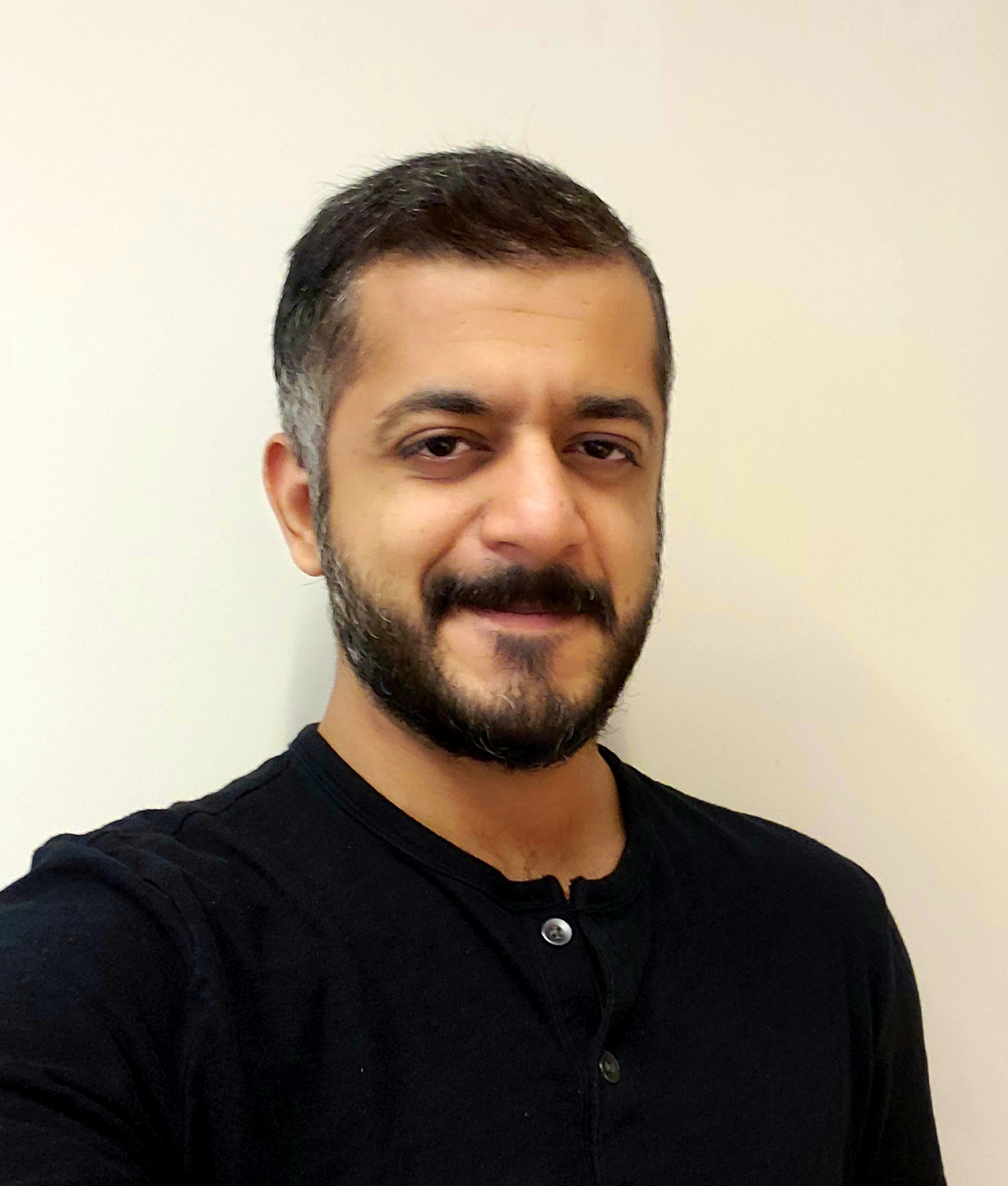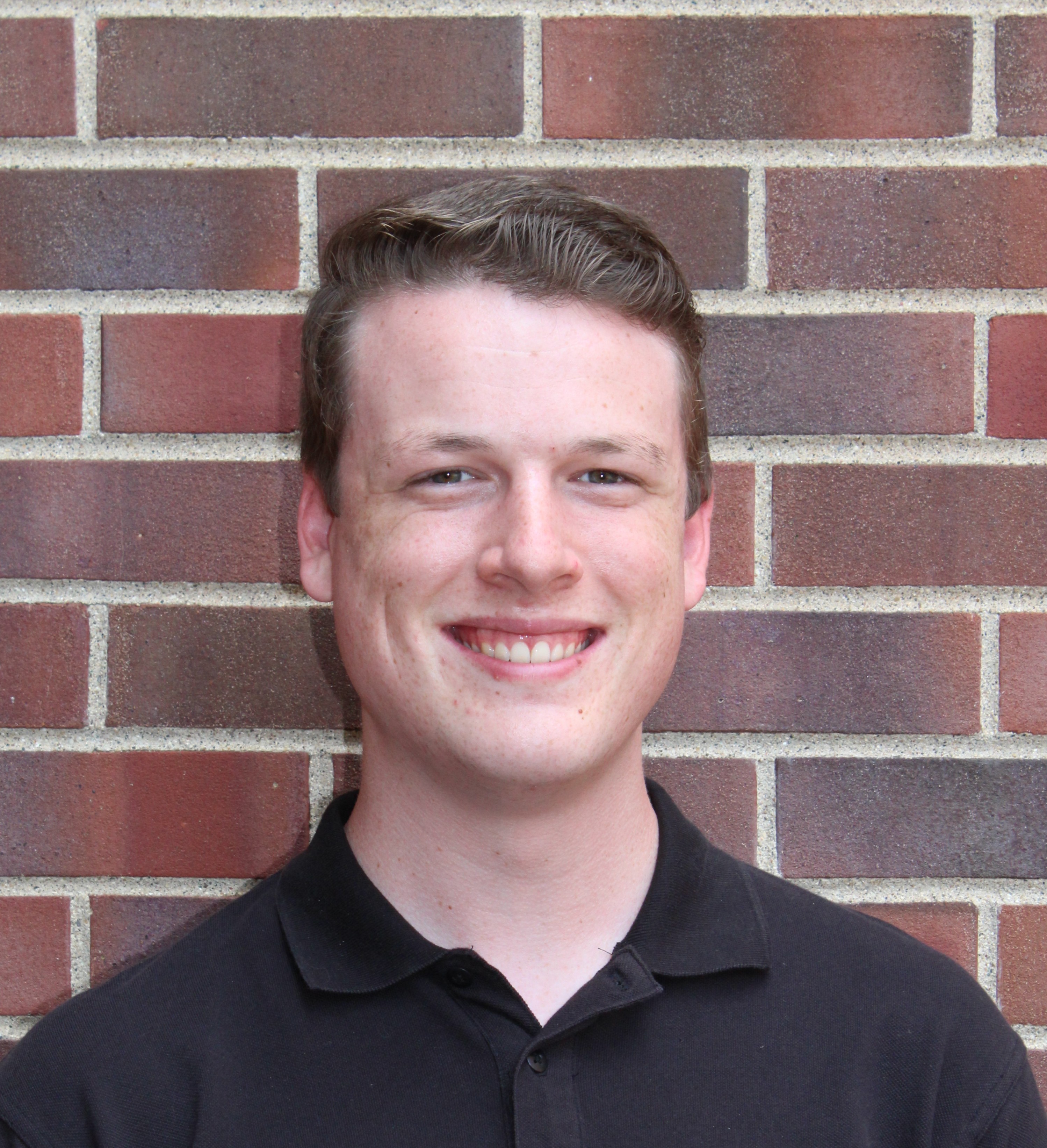Hunain Janjua (BIOL, Tesmer lab)

Hunain Janjua graduated from the University of New South Wales in Sydney, Australia, with a Bachelor of Biotechnology (honors) in 2016. He spent five years in the biotechnology industry in the United States before he joined the PULSe program at Purdue University in 2021. He is currently starting his second year as a Ph.D. student under the supervision of Dr. John Tesmer from the Department of Biological Sciences. His research focuses on the atypical chemokine receptor 3 (ACKR3), which belongs to the large 7-transmembrane (7TM) receptor family of proteins, colloquially known as G protein-coupled receptors (GPCRs). Unlike most GPCRs, the ACKR3 does not interact with heterotrimeric G proteins and, and upon binding its endogenous agonist CXCL12, signals instead via the GPCR kinases (GRKs) and arrestins. Hunain’s research seeks to explore the structural interactions between the CXCL12, ACKR3 and GRK/arrestins, which will provide novel insights into ACKR3 function. ACKR3 is highly expressed in lung, breast, and pancreatic cancer, and is associated with tumor vasculature. Hence understanding its biophysical interactions with downstream signaling partners not only informs us on mechanisms of arrestin bias, but also could provide unique leads through rational drug design.
Ryan graduated from Worcester Polytechnic Institute with a Bachelor of Science degree in Biology and Biotechnology. He is currently a second year PhD student in the Department of Biological Sciences working in Dr. Richard Kuhn's lab. Here, Ryan studies the structure of the Hepatitis C virus to inform vaccine development through a collaborative project. In particular, he focuses on studying the structure of the E1 and E2 glycoproteins and their interaction with human antibodies. The native conformation of these proteins is not known and is key to understanding the mechanisms of neutralizing antibodies and viral escape. Ryan plans to create and then study pseudoparticles displaying E1 and E2 using cryo-electron microscopy and cryo-electron tomography. He will also employ additional biophysical methods and cell culture-based analyses to characterize antibody binding and neutralization.
